Growing Tabasco Peppers from seeds is a surprisingly easy and rewarding process. If done correctly and carefully, you could have your batch of spicy chili pepper ready to harvest within weeks. If you love spicy food, you probably already know about Tabasco Peppers. If you want to grow your Tabasco Peppers, it’s easy to do so from seed. Growing Tabasco Peppers from seeds is a fun and rewarding experience. It’s easy to do with the right guidance, supplies, and care. You will have an abundance of delicious Tabasco Peppers ready to enjoy in no time.
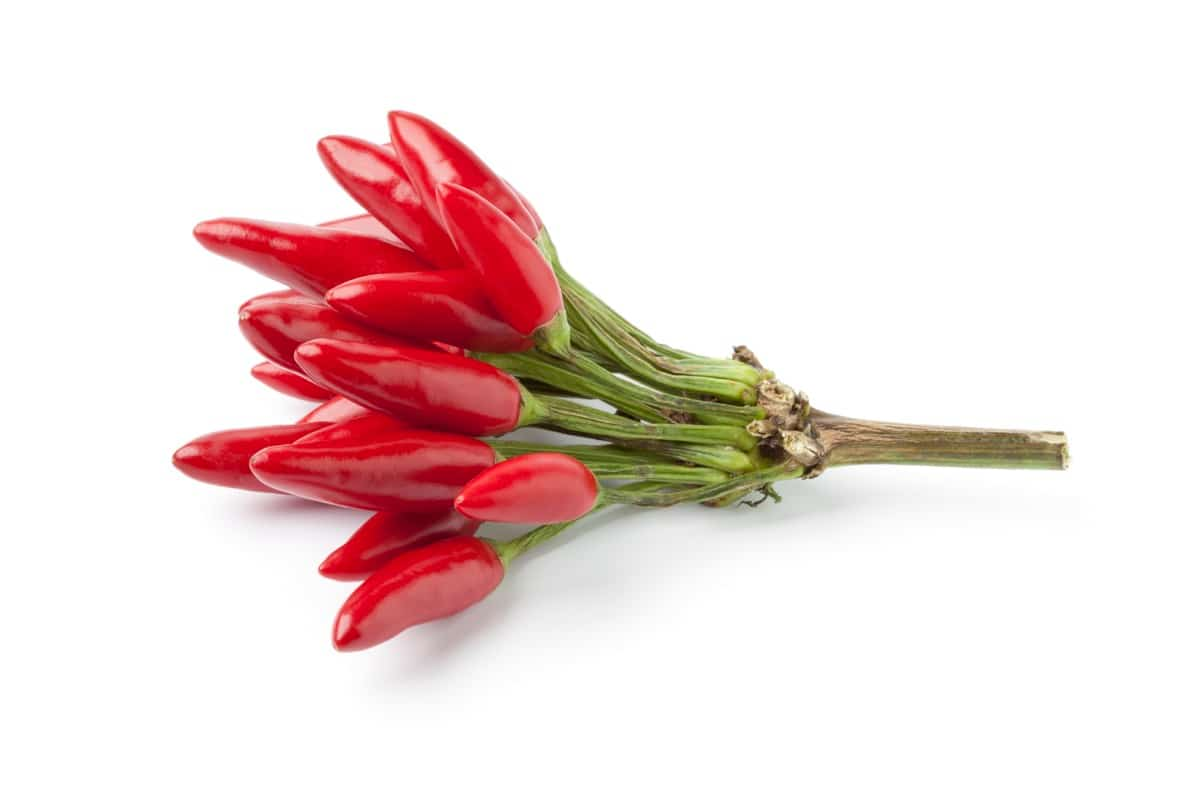
How to Grow Tabasco Peppers from Seeds
Climate Suitable for Growing Tabasco Peppers from Seed
If you want to grow Tabasco Peppers from seed, you’ll need to consider a few things. Tabasco Peppers will only thrive in warm climates with plenty of sunlight. Tabasco Peppers thrive in hot, humid climates and mature for a long growing season. The ideal temperature for planting Tabasco Peppers is between 21 to 32°C. They should be planted in well-drained, fertile soil high in organic matter.
Peppers need full sun to produce the highest yields, so choose a spot in your garden that gets at least 8 hours of direct sunlight daily. Sunlight is critical for any plant growth, but especially for peppers. If you live in an area with long summer days, your Tabasco Pepper plant will be fine with less sunlight.
Water Requirement for Growing Tabasco Peppers from Seeds
Growing Tabasco Peppers from seeds are easy and do not require much water. Too much water can harm plants. The best way to water the plants is to let them dry out between watering. This will help the plants develop deep roots, making them more drought-tolerant. Tabasco Peppers need a lot of water to grow. They are very drought-tolerant plants that must be watered deeply and often. If you are growing Tabasco Peppers in pots, water them at least once daily. Water them twice weekly if you are growing them in raised beds or on the ground.
In case you missed it: How to Grow Banana Peppers from Seed in Pots or Ground
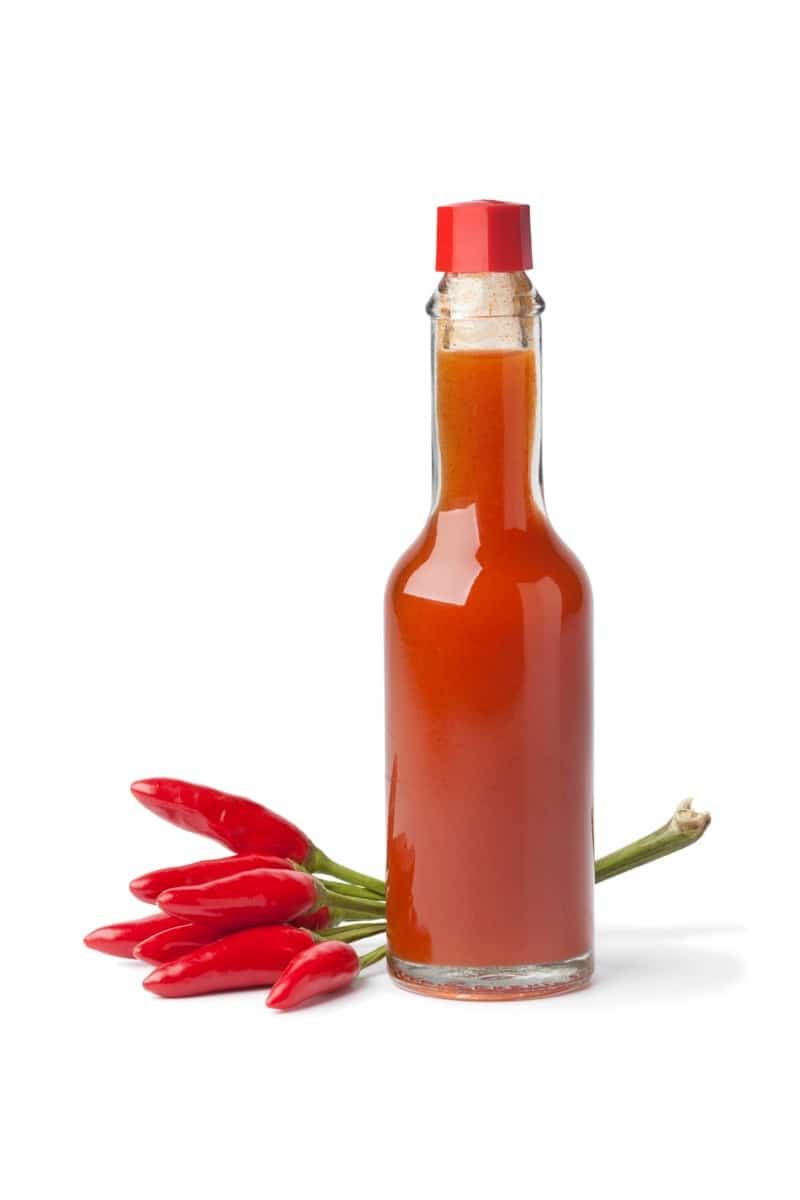
Soil Requirement for Growing Tabasco Peppers from Seeds
When growing Tabasco Peppers from seeds, the soil requirements are not too different from other pepper plants. The soil should be well-drained and contains high organic matter. A pH level between 6.0 and 7.0 is ideal. To encourage drainage, you can add some sand to the planting mix. You can also incorporate some compost or aged manure to improve soil fertility.
If you’re using raised beds or pots, ensure they have plenty of drainage holes at the bottom. To successfully grow Tabasco Peppers from seeds, you must provide them with nutrient-rich soil that is well-draining. Regarding the organic matter, Tabasco Peppers prefer loamy soil high in compost.
The best soil for growing Tabasco Peppers is a well-drained, sandy loam. Peppers do not like wet or soggy conditions, so ensure the soil is not too dense or compacted. A raised bed or terrace is ideal for peppers, as they will have good drainage and plenty of room to grow. If you are growing peppers in pots, make sure to use a potting mix that is light and airy, such as an all-purpose potting mix with perlite or vermiculite added.
Container Size Suitable for Growing Tabasco Peppers
The container size you use to grow Tabasco Peppers from seeds will depend on how many plants you want to grow and the available space. A small pot or container will do if you’re growing just a few plants. However, you’ll need a larger pot or container to grow more plants. When choosing a pot or container for your Tabasco Pepper plants, there are a few things to keep in mind.
First, ensure the pot has drainage holes in the bottom so excess water can drain. Second, choose a pot that’s large enough to accommodate the roots of your plants as they grow. And finally, if you’re growing multiple plants in one pot or container, make sure there’s enough space between each plant so that they have room to spread out and grow.
Germinating Tabasco Peppers Seeds
If you want to grow Tabasco Peppers at home, you can germinate the seeds in pots. Fill a seed-starting tray with a sterile seed-starting mix to germinate the seeds. Moisten the mix, and then sow the seeds about ½ inch deep. Place the tray warmly, and keep the soil moist but not wet. The seeds should germinate within ten days. Once the seedlings emerge, transplant them into 4-inch pots filled with a well-drained potting mix. Keep the plants watered, and fertilize them every two weeks with a half-strength solution of an all-purpose fertilizer.
In case you missed it: Top 10 Easiest Vegetables to Grow at Home: DYI Explained in Simple Steps
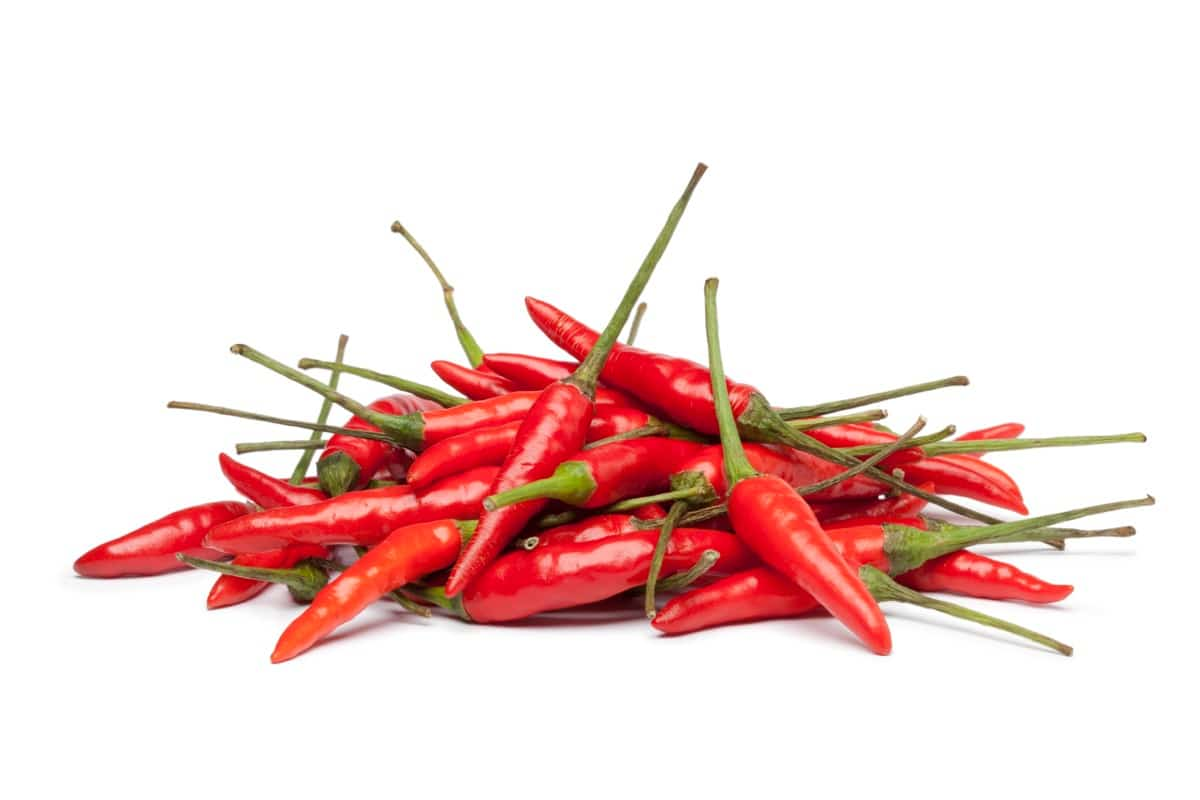
If you’re looking for a hot pepper to add to your garden, you can’t go wrong with Tabasco Pepper. Tabasco Peppers need full sun to thrive. You can prepare the soil by loosening the soil and adding some organic matter. This will help your pepper plants’ roots spread out and take hold. Plant the seeds about 1/2-inch-deep and water them lightly in the soil. You can plant them directly in the ground or start them indoors in pots and then transplant them later.
Transplanting Tabasco Peppers Seedlings
When the weather warms up and the last frost date has passed, it’s time to transplant your Tabasco Pepper seedlings into their final home. If you’ve been growing them in pots, they can be transplanted into the ground or larger pots. If you’re transplanting into the ground, choose a spot in full sun with well-draining soil.
Dig a hole just as deep as the pot your seedling is in to transplant. Gently remove the seedling from its pot and loosen the roots. Place it in the hole so that the root ball top is level with the surrounding soil. Backfill with soil, tamping it down gently as you go. Water well to settle the roots. Once planted, watch your Tabasco Peppers and water them regularly, especially during dry spells.
Tabasco Pepper Plant Care
Pruning Tabasco Pepper plant
Pruning a Tabasco Pepper plant is an important part of its care. It helps the plant produce more peppers and keeps it healthy. Remove any dead or dying leaves, stems, or flowers when pruning. You should also trim any growth crowding the plant or blocking sunlight from reaching the leaves. Peppers produce fruit on new growth, so you’ll want to encourage plenty of new growth by pruning off any old or dead leaves and stems. Finally, don’t go overboard with the pruning; remove dead leaves and stems, and trim back any excessively long branches.
In case you missed it: How to Grow and Care for Dieffenbachia (Dumb Cane) Plant Indoors: A Beginners Guide
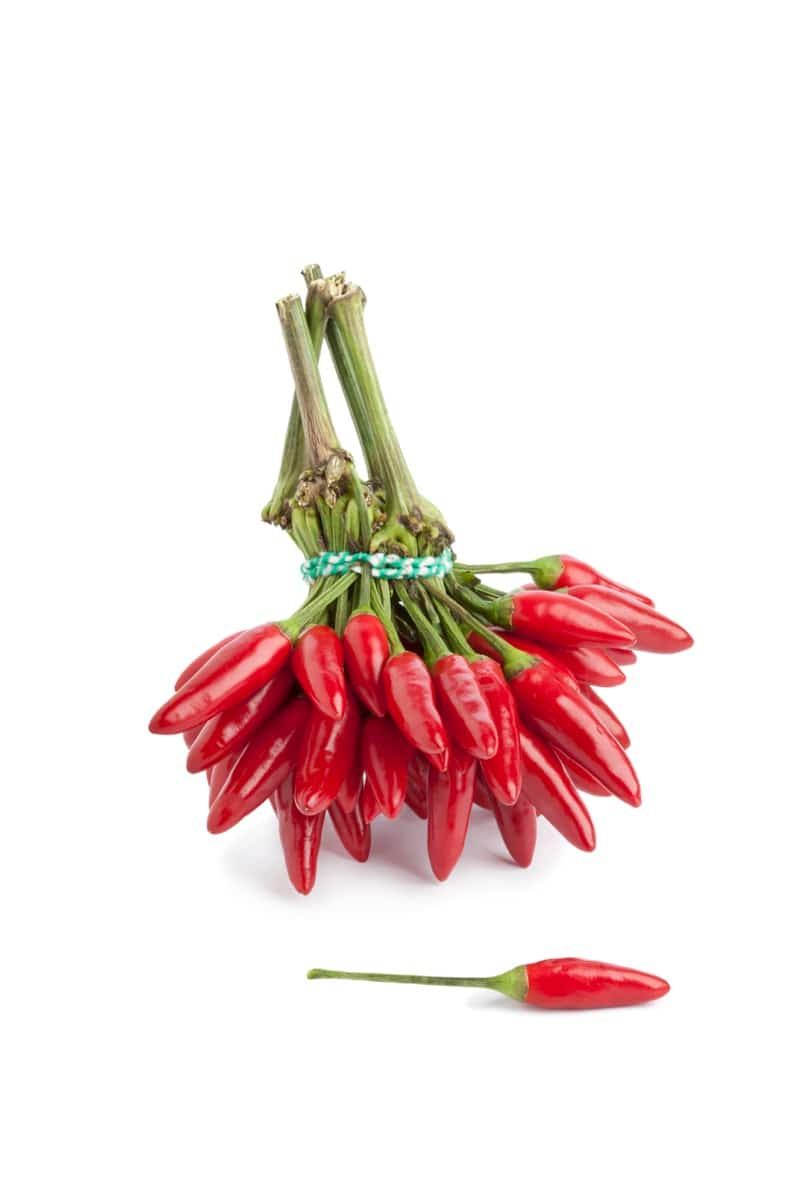
Fertilizer Requirement for Growing Tabasco Peppers from Seeds
Fertilizer is an important part of growing Tabasco Peppers from seeds. Peppers are heavy feeders and require a lot of nutrients to grow well. A lack of fertilizer can lead to stunted growth, poor fruit production, and foliage that turns yellow or brown. Many different types of fertilizer are available on the market, so choosing one specifically designed for peppers is important.
A good fertilizer will have a high phosphorus content, essential for proper pepper development. When applying fertilizer, following the package’s directions is important. Over-fertilizing can be just as damaging as not fertilizing at all. Apply the fertilizer around the base of the plants, taking care not to get it on the leaves or stems.
Tabasco Pepper Plant Care In Winter
In winter, Tabasco Pepper plants need to be protected from the cold. Bring your plants indoors or provide other protection if you live below freezing. One way to protect your plants is to grow them in pots and move them indoors when the temperature drops. You can grow Tabasco Peppers there in winter if you have a greenhouse.
Just make sure that the plants have ample ventilation and sunlight. Another option for protecting Tabasco Pepper plants in winter is to cover them with a frost cloth or tarp when cold weather is expected. You can remove the covering during the day so the plants can get sunlight.
Staking Tabasco Pepper plant
When growing Tabasco Peppers, it is important to stake the plant to support the heavy fruits. To do this, drive a stake into the ground next to the pepper plant and tie the plant to the stake using string or twine. You should leave enough slack in the tie so the plant can move slightly in the wind. This will help to prevent breakage.
Staking Tabasco Pepper plants is essential to ensure a bountiful harvest. Peppers are rich fruits and can cause the plant to topple over if left un-staked. A simple tomato cage or trellis will do the trick. Place it around the plant when it is young and continue supporting it as it grows and produces fruit.
In case you missed it: 17 Common Pepper/Chili Plant Problems: How to Fix Them, Solutions, and Treatment

Pests and Diseases of Tabasco Peppers and their Control
Tabasco Peppers are susceptible to several pests, including aphids, whiteflies, and spider mites. These pests can cause serious damage to the plants and can even reduce yields. Aphids feed on the sap of plants. They can be found in large numbers on the undersides of leaves and can cause the leaves to curl and discolor. Whiteflies are similar to aphids but are typically white or pale yellow.
They also feed on plant sap and can cause leaves to turn yellow and drop off the plant. They can cause extensive damage to foliage and may cause the plant to produce less fruit. There are several ways to control these pests. One is to use insecticidal soap or horticultural oil, which kills pests when sprayed directly on them. Another option is to release beneficial insects into the garden, such as ladybugs or green lacewings, which will feed on the pests.
Finally, make sure to keep the area around the plants clean and free of debris, as this will help reduce the populations of these pests. The most common pepper diseases are anthracnose, bacterial spot, and early blight. Anthracnose cause dark brown or black lesions on the pepper plant’s leaves stems, and fruits. Bacterial spot causes small, dark spots on the leaves and fruit of the pepper plant.
Large, dark spots on the pepper plant leaves characterize early blight. To prevent these diseases from occurring, it is important to water the pepper plants at the base of the plant rather than from above. This will help to prevent water from splashing onto the leaves and fruit of the plant, which can spread disease. Removing diseased leaves or fruit from the plant as soon as possible is also important.
In case you missed it: How to Prepare the Soil for Pepper/Chili: Best Soil Mix, pH, Compost, and Recipe
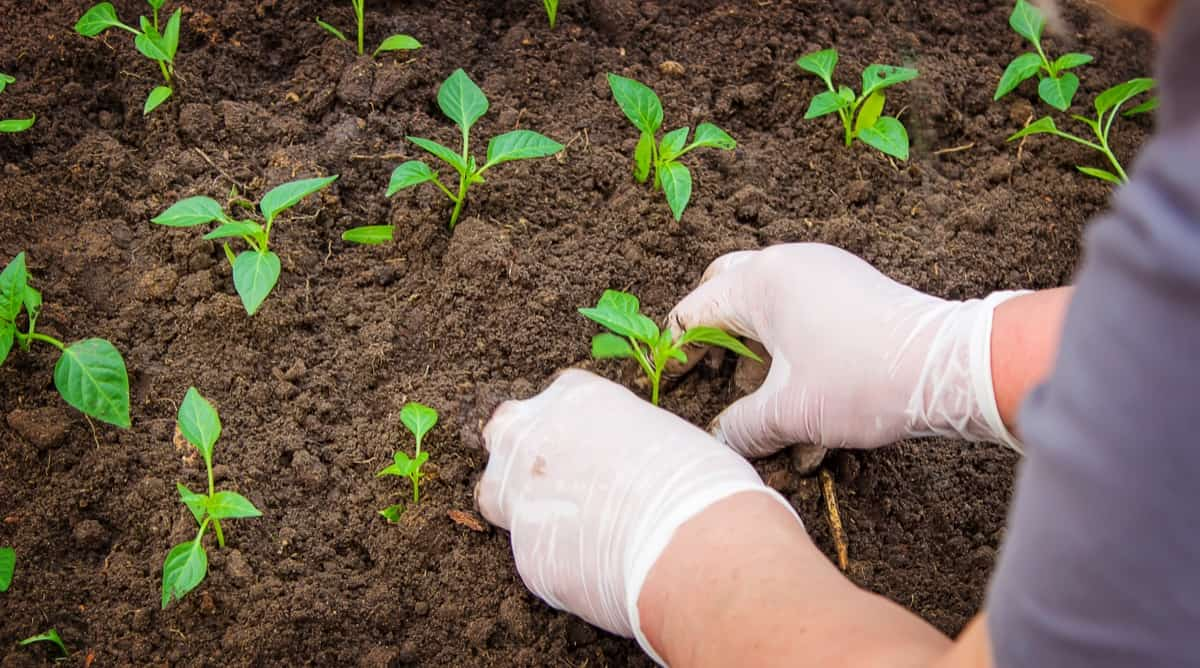
Harvesting Tabasco Peppers
You can start harvesting Tabasco Peppers when they reach about 3 inches long. However, the peppers will be much hotter if you wait until they are about 5-6 inches long. To harvest, cut the stem close to the pepper using a sharp knife. The peppers will change color as they mature, starting green and turning red, orange, or yellow. You can pick the peppers at any stage, but they’ll be hottest when fully ripe. Be careful not to damage the plant. Let the peppers dry on the plant if you want to save the seeds. Otherwise, pick them before they start to wrinkle and lose their flavor.
Conclusion
Growing Tabasco Peppers from seeds can be a rewarding and exciting experience. Whether you grow your plants in pots, raised beds, terraces, or backyards, you will see the fruits of your labor as the season progresses. Consider climate conditions for optimal growth and add support structures such as trellises or cages for larger plants. You can have delicious home-grown Tabasco Peppers all year round with proper care and maintenance.
- Gongura Seed Germination and Planting Methods
- Cabbage Seed Germination and Selection
- Broccoli Seed Germination and Selection
- Asparagus Seed Germination and Variety Selection
- Seasonal Flower Gardening: Best Practices for Spring, Summer, Fall, and Winter
- How to Grow Hibiscus from Flower
- Plantation Ideas for Home Decoration: A Beginners Guide
- Flower Garden Designs and Layouts for Beginners
- Planting and Spacing Techniques in Papaya: A Beginner’s Guide
- Growing Gold: Essential Techniques for Planting Pineapples
- How to Make Kalanchoe Plant Bushy: Home Remedies and Solutions
- 11 Reasons Why Your Gardenia is Not Blooming: Home Remedies and Solutions
- Eco Elegance: The Guide to Designing a Drought-Tolerant Landscape
- Gardening on a Slope: Strategies for Hillside Landscaping
- Nourish and Flourish: Top Organic Mulches for Thriving House Plants
- Everything You Want to Know about Indian Mogra Flower: Discover Uses and Growing
- Green Thumb Success: Expert Tips for Cultivating Greenhouse Pumpkins All Year Round
- Maximize Growth & Flavor: The Ultimate Guide to Companion Planting in Herb Gardens
- How to Control Rhododendron Problems Naturally: Home Remedies and Organic Ways to Fix Them
- Natural Magic: The Remarkable Benefits of Cinnamon for Plants
- Best Steps to Revive Dying Tulip with Natural and Organic Treatment
- 10 Reasons Why Your Angel Trumpet is Not Blooming: Remedies and Treatment
- How to Fix Periwinkle Leaf and Flower-Related Problems: Natural Remedies and Solutions
- How to Fix Zinnias Leaf and Flower Problems: Discover Natural and Home Remedies
- Organic Steps to Induce Lemon Tree Flowers: A Comprehensive Guide
- Bloom Booster: Crafting the Perfect Homemade Bougainvillea Fertilizer
- Optimizing Growth: A Guide to Applying NPK Fertilizer for Potted Plants
- 10 Best Homemade Fertilizers for Rubber Plant: DIY Recipes and Application Method
- How to Boost Female Pumpkin Flowers: Effective Steps for More Flowers and High Yields
- Transform Your Indoor Garden: Top Benefits of Pink Salt for Houseplants
- 10 Best Homemade Fertilizers for Peacock Plants (Calathea): Easy DIY Guide
- Unlock Blooms: 9 Reasons Why Your Potted Chrysanthemum is Not Blooming
- 8 Reasons Why Your Potted Hibiscus is Not Blooming: Fix it with Simple Solutions
- Unlock Blooms: 9 Key Reasons Your Potted Frangipani Won’t Flower
- 10 Reasons Why Is My Ice Plant Not Blooming: Remedies and Treatment
- 10 Reasons Why My Potted Hydrangea Not Blooming: Treatment and Remedies